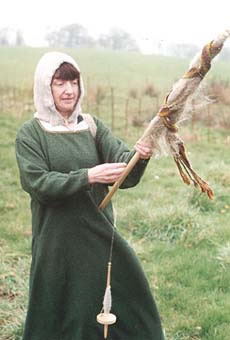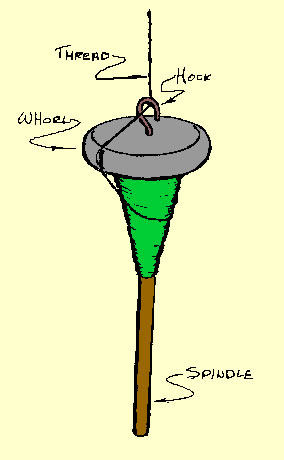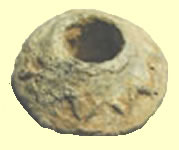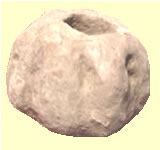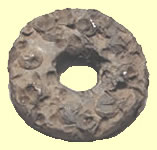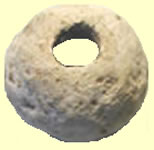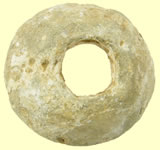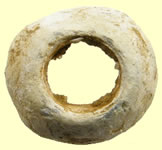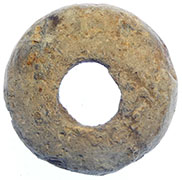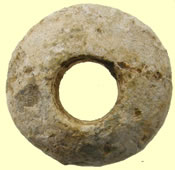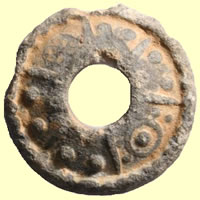

Metal detecting holidays in England with the World's most successful metal detecting club.
Twinned with Midwest Historical Research Society USA
Spindle Whorls |
Dating can be difficult, particularly for undecorated versions. The central perforation can be indicative of date, with larger perforations present on examples from the early-medieval period onwards compared with those that preceded them (Walton Rogers 2007, 23-24). Many Roman spindle whorls were made from reused ceramic sherds, or from stones such as shale. There are no lead spindle-whorls from Colchester. A common post-medieval type are spindle whorls made from salt-glazed stoneware from the Rhineland
|
 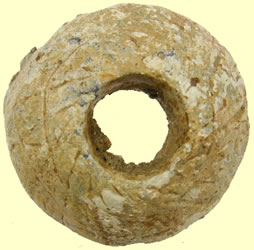 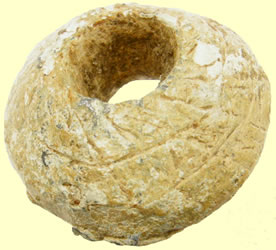 |
32.4g 25.15mm dia
Various whorls found here
Medieval type |
 |
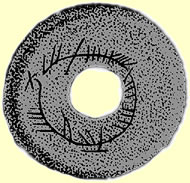 |
Spindle whorl found at Buckquoy, Orkney |
Decorated torus-like shape angled to provide a medial rib. It is cast in lead, 1.5 cm high and 2.8 cm in diameter, the hole tapered for insertion of the spindle
|
|
|
 |

 Domed lead spindle whorls are generally Roman but go through to the post medieval period. Before the use of spinning wheels, spinning was carried out with a spindle and a whorl. The spindle, or rod, usually had a swelling on which the whorl was fitted. A wisp of prepared wool was twisted around the spindle, which was then spun and allowed to drop. The whorl, acting like a flywheel adds momentum to the spindle. By doing this the fibres were extended and twisted into a yarn
Domed lead spindle whorls are generally Roman but go through to the post medieval period. Before the use of spinning wheels, spinning was carried out with a spindle and a whorl. The spindle, or rod, usually had a swelling on which the whorl was fitted. A wisp of prepared wool was twisted around the spindle, which was then spun and allowed to drop. The whorl, acting like a flywheel adds momentum to the spindle. By doing this the fibres were extended and twisted into a yarn